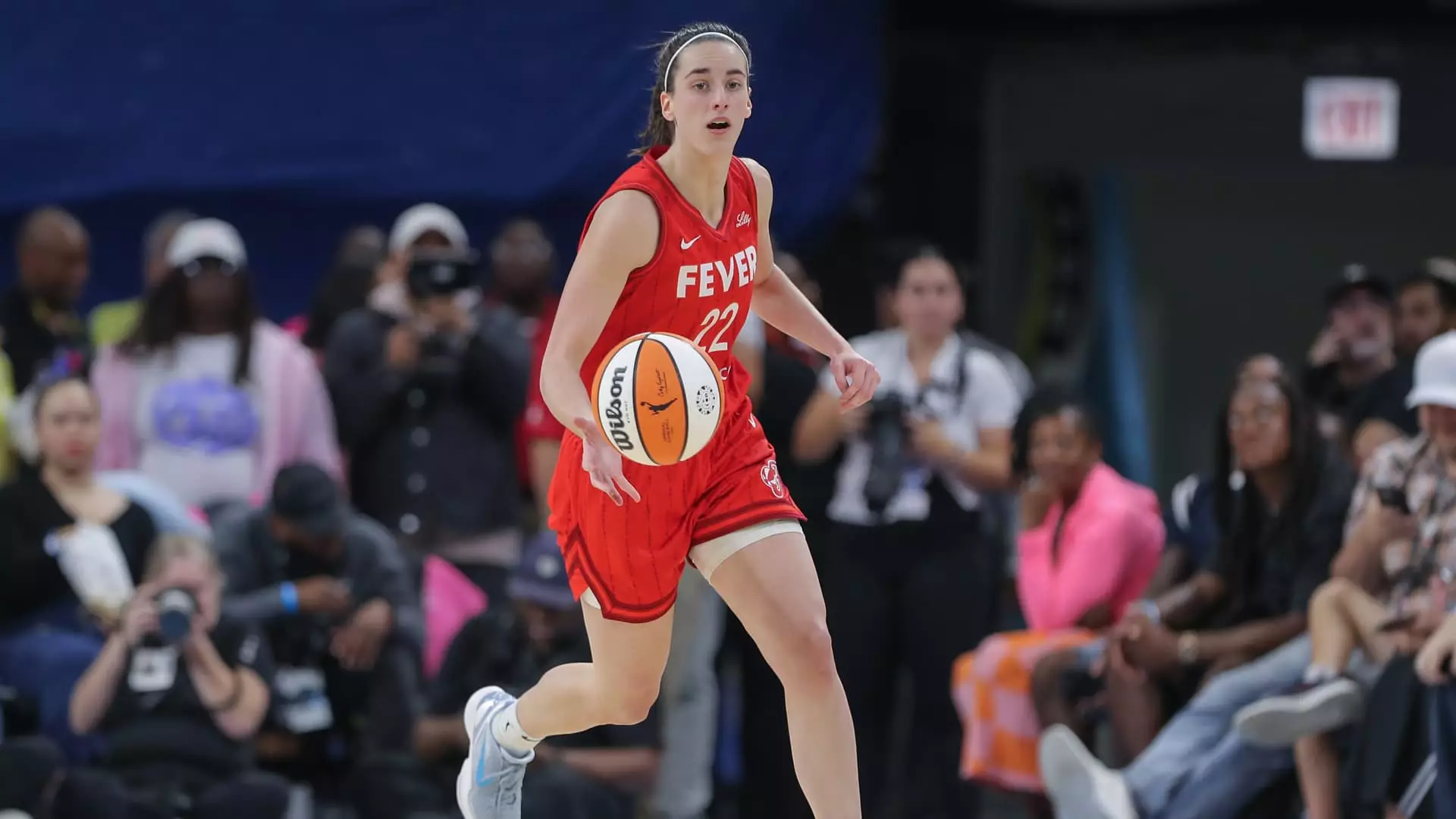In a groundbreaking development, the WNBA has entered into a significant multi-year agreement with E.W. Scripps, which sets the stage for a dedicated Friday night showcase on Ion. By creating a weekly broadcast show solely focusing on the WNBA, the league is not just making a statement but is also positioning itself for maximal exposure. It’s astounding to witness a sports league prioritizing visibility for women athletes, especially against the backdrop of sports broadcasting traditionally dominated by men’s games.
This strategic partnership arrives at a critical juncture for the WNBA, as its popularity surges, fueled by the emergence of star players like Caitlin Clark and Angel Reese. The notion that women’s sports can attract substantial audiences is no longer a debate; it’s a reality, evidenced by a staggering 133% year-over-year viewership growth for WNBA games on Ion.
Popularity Surge and the Power of Visibility
This deal underscores an interesting dynamic in professional sports today: the demand for women’s leagues is undeniably rising. The partnership’s statistics reveal a growing appetite among viewers, with over 23 million unique viewers engaging with the WNBA’s broadcasts. Thus, it raises questions about how other leagues, particularly male-centric ones, will respond to the escalating engagement women’s sports now command.
The WNBA is not merely riding a wave but instead harnessing its momentum to expand its footprint within mainstream sports media. Cathy Engelbert, the league’s commissioner, aptly noted that this agreement reflects the increasing fanfare surrounding women’s basketball. What sets this deal apart is its multifaceted approach—it’s not simply about airing games but also enhancing the narrative of women’s sports visibility.
A New Era: Challenging Norms in Sports Media
The implications of this agreement reach beyond just the numbers. It stimulates a broader cultural conversation about equity in sports media. The WNBA has made it clear that it won’t settle for mere tokenism; it demands a seat at the table alongside its male counterparts. With the league recently securing an 11-year media rights deal worth approximately $200 million annually, it is clear that women’s sports are becoming financial powerhouses in their own right.
On a larger scale, this media rights agreement symbolizes a pivotal moment for inclusivity in sports. If brands want to thrive in an increasingly diverse landscape, they must resonate with audiences that challenge traditional gender norms. The fruits of women’s sports’ increased visibility are manifold; they promote empowerment and inspire younger generations of female athletes to envision themselves on the grand stage of sports.
As the WNBA continues to challenge outdated perceptions, it invites viewers to not only appreciate the athleticism of women but also to adopt a more equitable approach to the treatment of female athletes. The league’s partnership with Ion is an emblem of progress—a proclamation that women’s sports are worthy of prestigious broadcasting, immense viewership, and above all, respect.


Leave a Reply